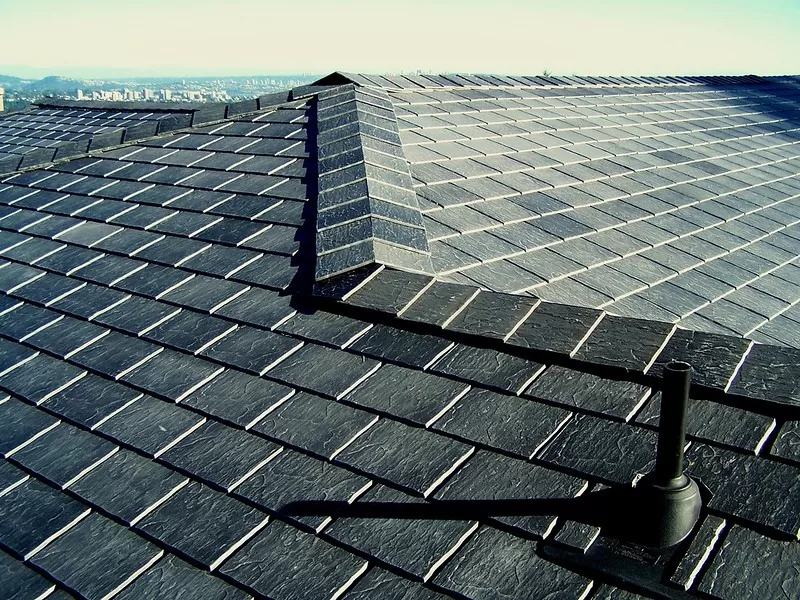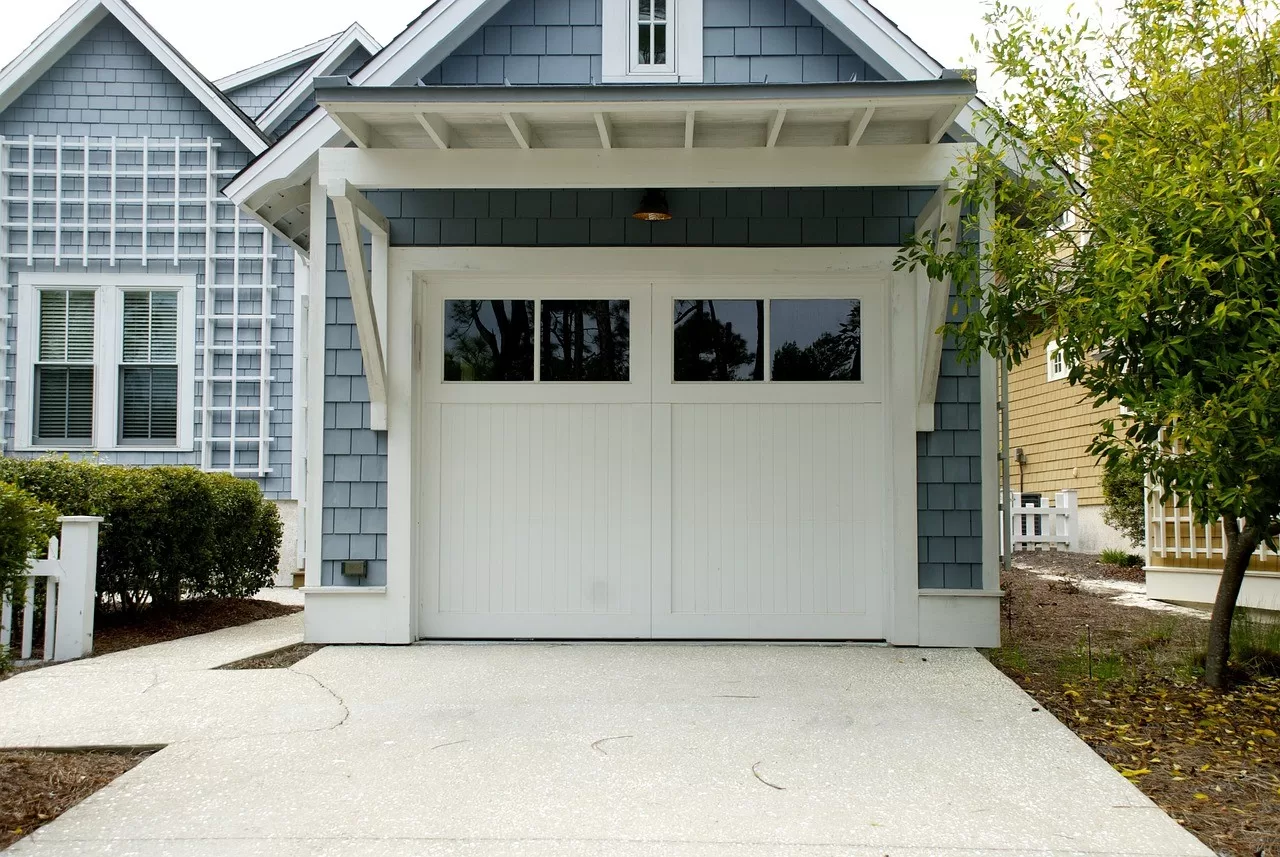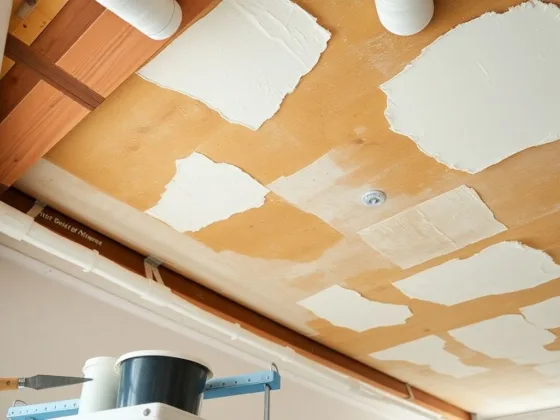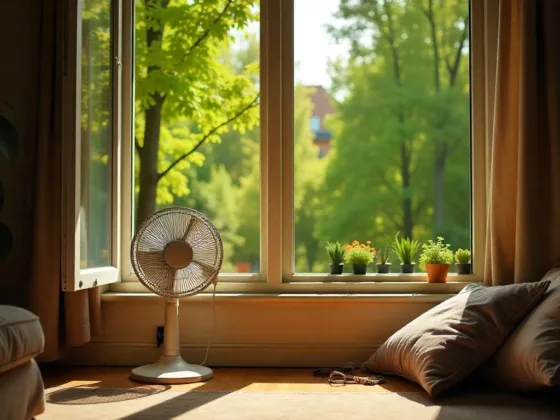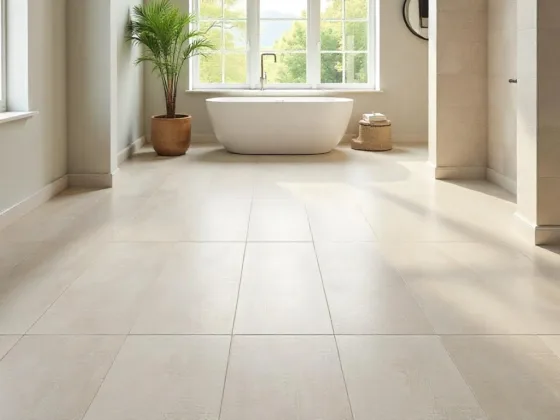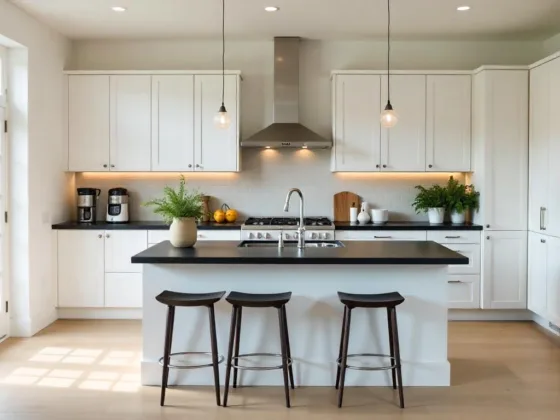Choosing the right roofing for your home or building is more than just picking a style you like. It plays a huge role in protecting your property from weather, controlling energy costs, and even adding to your home’s value.
With so many roofing materials available, understanding their benefits, durability, and cost can help you make a smart choice that fits your needs. This article walks you through popular roofing types and some innovative options, so you can find what suits your home best.
Common Roofing Materials and Their Benefits
Asphalt Shingles
Asphalt shingles dominate the roofing market because of their balance of affordability and performance. They’re easy to install, which helps lower labor costs, and their lifespan typically ranges from 15 to 30 years. These shingles come in several types:
- Three-tab shingles: The classic, budget-friendly option.
- Architectural shingles: Offer a thicker, layered look and better wind resistance.
- Designer shingles: Mimic other materials like slate or wood for enhanced curb appeal.
Besides being cost-effective, asphalt shingles have good fire and wind resistance, making them a reliable choice in many climates.
Metal Roofing
Metal roofs come in varieties like steel, aluminum, copper, and zinc. These stand out for their longevity, often lasting 30 to 50 years or more. Their lightweight nature puts less stress on your home’s structure. Metal also reflects heat effectively, which can reduce cooling bills during summer.
In addition to being resistant to harsh weather like heavy rain and snow, these roofs are recyclable, making them an environmentally friendly pick for homeowners who care about sustainability.
Clay and Concrete Tiles
If your priority is a roof that lasts long—think 50 years or beyond—clay and concrete tiles are worth considering. Their design offers excellent thermal insulation, helping keep interiors cooler in hot weather. They also resist fire and are suited for harsh climates.
One thing to remember is that these tiles are heavy. The roof structure must be sturdy enough to support the weight, or you might face costly reinforcements.
Wood Shingles and Shakes
Wood roofs bring a natural, warm look that many homeowners love. They offer good insulation and can last several decades with proper care. The downside is higher maintenance, since wood can be sensitive to moisture and prone to pests.
Wood shingles tend to be smoother and machine-cut, while shakes are thicker and hand-split, giving a rustic appearance. However, wood also carries a higher fire risk, so it’s best suited for areas with lower wildfire danger unless treated with fire retardants.
Synthetic Roofing Options
Synthetic roofing — such as synthetic slate or rubber membranes — provides a lighter, durable alternative to traditional materials. These options generally offer easier installation and less maintenance. They can closely mimic the look of natural materials while being fire-resistant and more affordable.
Synthetic roofing works well for homeowners looking for a blend of style, flexibility, and functionality.
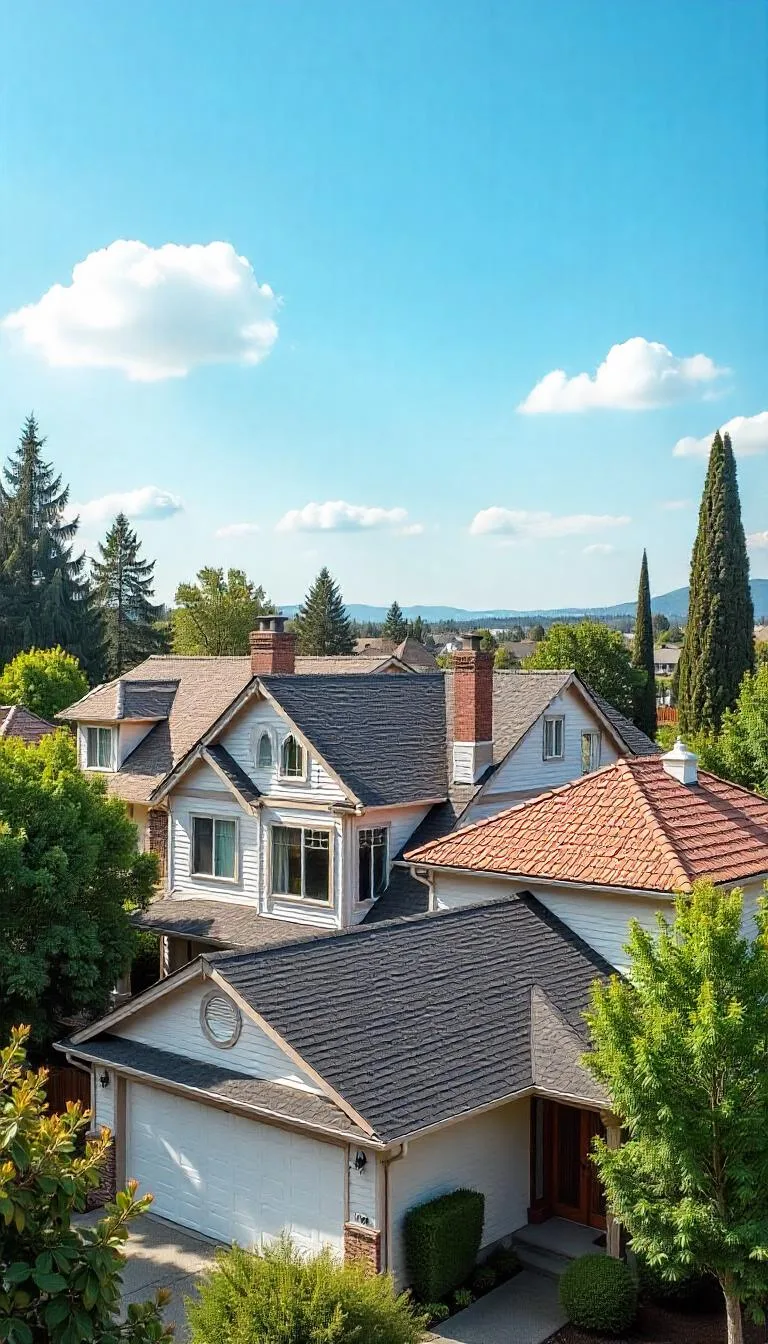
Specialized Roofing Types and Innovative Solutions
Slate Roofing
Slate is a natural stone that stands out for its exceptional durability, sometimes lasting between 75 to 150 years. Its fire resistance and classic elegance make it a sought-after choice for premium homes. The main challenges are its heavy weight, complex installation, and higher upfront cost.
If your budget allows, slate roofing offers an unmatched blend of beauty and longevity.
Green Roofs
Green roofs combine roofing with natural vegetation, offering benefits like improved insulation, better rainwater management, and cleaner air. They also help combat urban heat by cooling the environment. Beyond environmental perks, they add a unique look to buildings.
Designing a green roof requires considering extra weight and maintenance, but it often pays off in energy savings and environmental impact.
Solar Roofing
Solar shingles and building-integrated photovoltaics offer both roof protection and energy production. These systems blend into your roofline, maintaining aesthetics while reducing reliance on traditional power grids.
Although initial installation costs can be high, solar roofing can reduce electricity bills and qualify for incentives in many areas.
Built-up Roofing and Rubber Membranes for Flat Roofs
Flat or low-slope roofs often use built-up roofing or rubber membrane systems. These options provide high durability and excellent waterproofing. They are common on commercial buildings, but also work for some residential styles.
Regular maintenance helps extend their lifespan, which can range around 20 years or more.
Choosing the Right Roofing Material for Your Home
Climate and Weather Considerations
Different roofing materials handle weather challenges in different ways. For example, metal and clay tiles are good for shedding snow, while asphalt shingles may suffer in extreme heat over time. If you live in fire-prone areas, fire-resistant options such as metal, clay tiles, or slate are wise choices.
Cost and Longevity Balance
You want a roof that will last without draining your wallet. Asphalt shingles cost less upfront but may need replacement sooner than metal or slate roofs. Consider the total cost over time, including installation and maintenance, to decide which material offers the best value for your budget.
Aesthetic and Architectural Compatibility
The roof needs to fit your home’s style and neighborhood vibe. For instance, clay tiles suit Mediterranean-style homes, while wood shakes fit rustic designs. Matching your roof with the architecture helps maintain your home’s character and curb appeal.
Environmental Impact and Energy Efficiency
Eco-friendly roofs reduce your carbon footprint and can lower energy expenses. Green roofs, metal roofs, and solar shingles offer options for energy efficiency and sustainability. Check if local incentives or rebates are available for these choices.
Selecting the right roofing material is a key decision that affects your home’s protection, style, and budget. Evaluate your climate, financial plan, and design preference to pick a roof that keeps you safe and comfortable for years.
For more details on different options and their costs, sites like The Spruce’s roofing materials guide provide comprehensive insights. Homeowners exploring materials can also find useful advice at Nationwide’s roofing types resource.
Choosing wisely today means fewer surprises tomorrow and a home that stands strong against time and weather.
FAQ
The most common types of roofing materials include asphalt shingles, metal roofing, clay tiles, slate, and wood shakes. Each material has its own unique advantages and aesthetic appeal.
Asphalt shingles are popular because they’re affordable, easy to install, and come in a variety of colors and styles. They also offer decent durability and are relatively low maintenance.
Metal roofing is known for its longevity and durability. It can withstand extreme weather conditions, is energy-efficient, and often comes with a warranty of 30 years or more. Plus, it can give your home a modern look!
Absolutely! Clay tiles are incredibly durable and can last over 100 years. They’re also excellent for energy efficiency and can help keep your home cooler in hot weather. Plus, their unique aesthetic can add charm to any home.
Slate roofing is highly durable and can last for over a century if properly maintained. It’s also fire-resistant and environmentally friendly, making it a great choice for eco-conscious homeowners. Plus, it has a beautiful, natural appearance!
